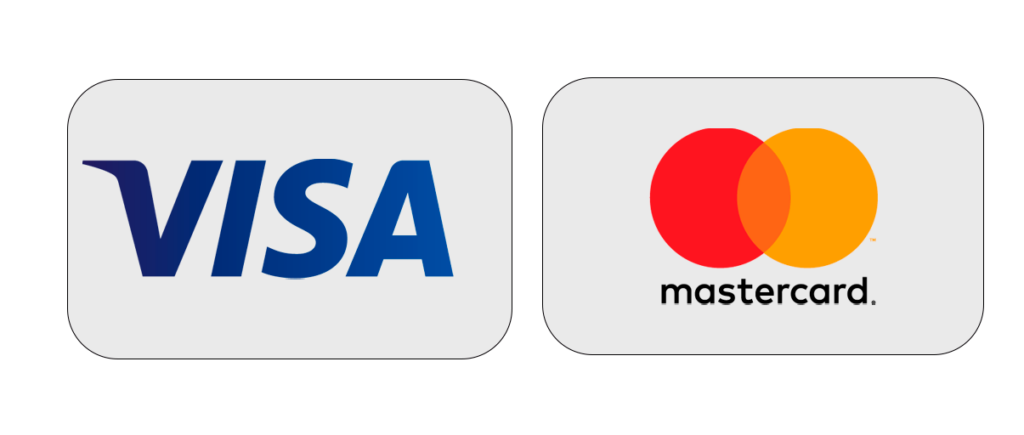
In the world of cryptocurrencies, spot trading is a cornerstone that provides dealers with an easy way to deal with digital assets. Through Bob’s eyes, someone eager to learn about the world of Bitcoin, let’s take a closer look at this idea. For Bob, spot trading represents a straightforward yet effective tactic. He buys Bitcoin believing that it would increase in value over time and enable him to sell it for a profit. The core of spot trading may be summarized by one fundamental idea: purchasing cheap and planning to sell high. The use of one’s own funds is what distinguishes spot trading.
In contrast to intricate trading techniques like margin trading, which magnify profits and losses through borrowed funds, spot trading guarantees that the risk is limited to the initial investment. Bob is aware that his investment limits are set at a level that minimizes his risk of financial loss. Furthermore, spot trading provides an unparalleled degree of independence and safety compared to its alternatives. Bob maintains control over his investment even in the face of unfavorable market conditions, when the value of his asset may drastically decline. He doesn’t feel under pressure to give up his position, which gives him security and peace of mind.
Table of Contents
Advantages of Spot Trading
Profiting from temporary changes in market prices is the main goal of spot trading. The goal of traders is to make quick money by taking advantage of price differentials between purchasing and selling assets. Both individual traders and institutional investors frequently employ spot trading to take advantage of market swings and make money. Furthermore, spot trading is essential to the process of price discovery. Spot trades offer important insights into the dynamics of supply and demand as they take place in real-time and directly involve the underlying assets. The prices acquired through spot trading are used as benchmarks for other financial instruments and derivatives, which adds to the cryptocurrency’s total market value.
The Main Advantages of Spot Trading are:
- Immediate settlement: Spot markets provide instantaneous trades settlement, meaning that the delivery of the asset and the payment happen nearly simultaneously. This guarantees speedy and effective transactions.
- Transparent pricing: Because prices are set in real-time by the dynamics of supply and demand, spot markets provide transparent pricing.
- Flexibility: Traders are free to enter and leave positions at any time, and they may purchase or sell assets in any number they choose.
Disadvantages of Spot Trading
- Lack of leverage: Traders must have the entire amount of money necessary to purchase or sell an item since spot markets often do not allow leverage. This may restrict the trading options available to traders with low money.
- Short trading hours: The short trading hours of spot markets may make it more difficult for traders to complete deals at their desired timings. For traders who want to trade outside of usual market hours or who are located in other time zones, this might be a drawback.
- Market volatility: Spot markets, particularly those involving cryptocurrencies, are prone to extreme volatility. Spot trading is a high-risk activity since it can result in large gains or losses in a short amount of time due to rapid price movements.
- Counterparty risk: Traders are exposed to counterparty risk in spot markets since they entail direct transactions between buyers and sellers. There exists a potential for the counterparty to fail to fulfill their commitments, resulting in monetary losses for the party
impacted. - Limited asset availability: Particularly in less liquid markets, spot markets may have limited supply of some assets. Finding the ideal assets for trading or investment may become difficult for traders as a result.
What Cryptos are Present in The Spot Market
There are two main categories of marketplaces in spot trading where different cryptocurrencies are exchanged. The first kind is through exchanges, well-known venues where buyers and sellers come together to swap goods in accordance with supply and demand. Convenience is provided by these exchanges, which enable speedy trades at going rates. The order books that exchanges provide traders show the supply and demand for cryptos like Bitcoin. Traders can use this information to assess market liquidity and make well-informed trading decisions.
Over-the-counter (OTC) trading is the second kind of spot market in which buyers and sellers conduct direct business without the need of middlemen platforms. Parties actively negotiate conditions including price, volume, and settlement in over-the-counter trading. OTC markets are popular for large-scale transactions because of their flexibility, which allows them to be carried out without significantly creating market volatility. OTC trading improves the trading experience for participants by enabling discussion on a range of topics other than price.
Encouraging a more dynamic and adaptable trading environment in the cryptocurrency industry, it functions akin to a customizable marketplace where buyers and sellers may customize transactions to their own requirements.
What is The Difference Between Spot Trading, Margin Trading and Futures Trading?
Similar to purchasing and retaining actual goods, spot trading enables the instantaneous acquisition of assets for prospective price increases. On the other hand, margin trading enables you to increase your trading position by borrowing money from a broker. In essence, you’re using borrowed funds to raise your prospective gains (or losses). Traders looking for quick profits will find this strategy useful. However, when borrowed monies are involved, the danger is also increased. Spot trading, on the other hand, is less hazardous but often better suited for long-term investments because it only uses your own funds.
Contrarily, futures trading include contracts to purchase or sell assets at fixed prices on future dates; it is frequently used for speculating or as a hedge against changes in the market. Like betting on the pricing of future assets without really owning them. Futures trading is more complicated and potentially profitable than spot trading since it might entail shorting the market and leverage. When a futures contract expires, it is usually settled with cash and no actual asset transfer. Different investor tastes and tactics are catered to by the unique benefits and dangers associated with each trading style.
How Can Spot Trading Earn You Money?
Spot trading is similar to caring for an investment garden while you wait for your assets to flourish. Imagine yourself purchasing stocks or cryptocurrencies at a discount, then watching as their value grows over time. Your financial success is slow-cooked, and the longer you wait, the better the benefits will be. Many people utilize spot trading to create their ideal portfolio, gradually increasing their holdings in their preferred cryptocurrencies as they watch for a bull market to emerge. It’s similar to putting money aside for a big event; every month, you set aside a small amount until it’s time to cash in and celebrate.
But keep in mind that the magic comes when you choose to convert those virtual coins into actual money. Your earnings really start to show after a season of arduous labor, just as when you harvest your crop. And consider dividends as the icing on the cake if you’re more interested in traditional equities. Businesses give you a portion of their profits, which tacks on some more profit to your investing adventure. Trading with OFP prop firm gives people the chance to explore the world of cryptocurrencies, including well-known assets like Bitcoin, with the possibility of making money. OFP gives traders access to a sophisticated trading platform and significant financial resources, enabling them to execute transactions with assurance and accuracy.
Ready to Elevate Your Trading with Higher Leverage and Customizable Profit Split Options? CLICK THE BUTTON BELOW and customize your Instant Funded account with OFP Funding today!






